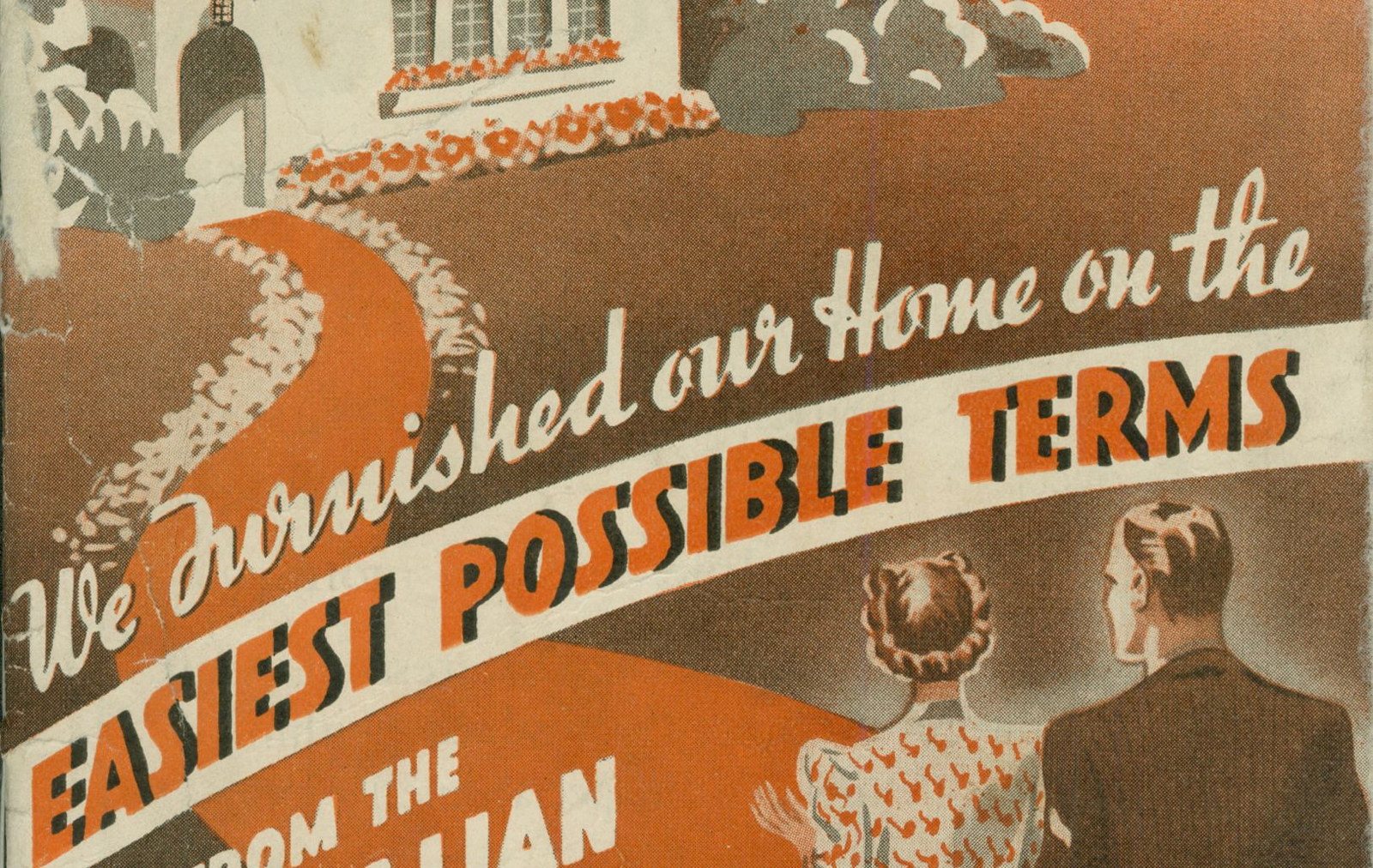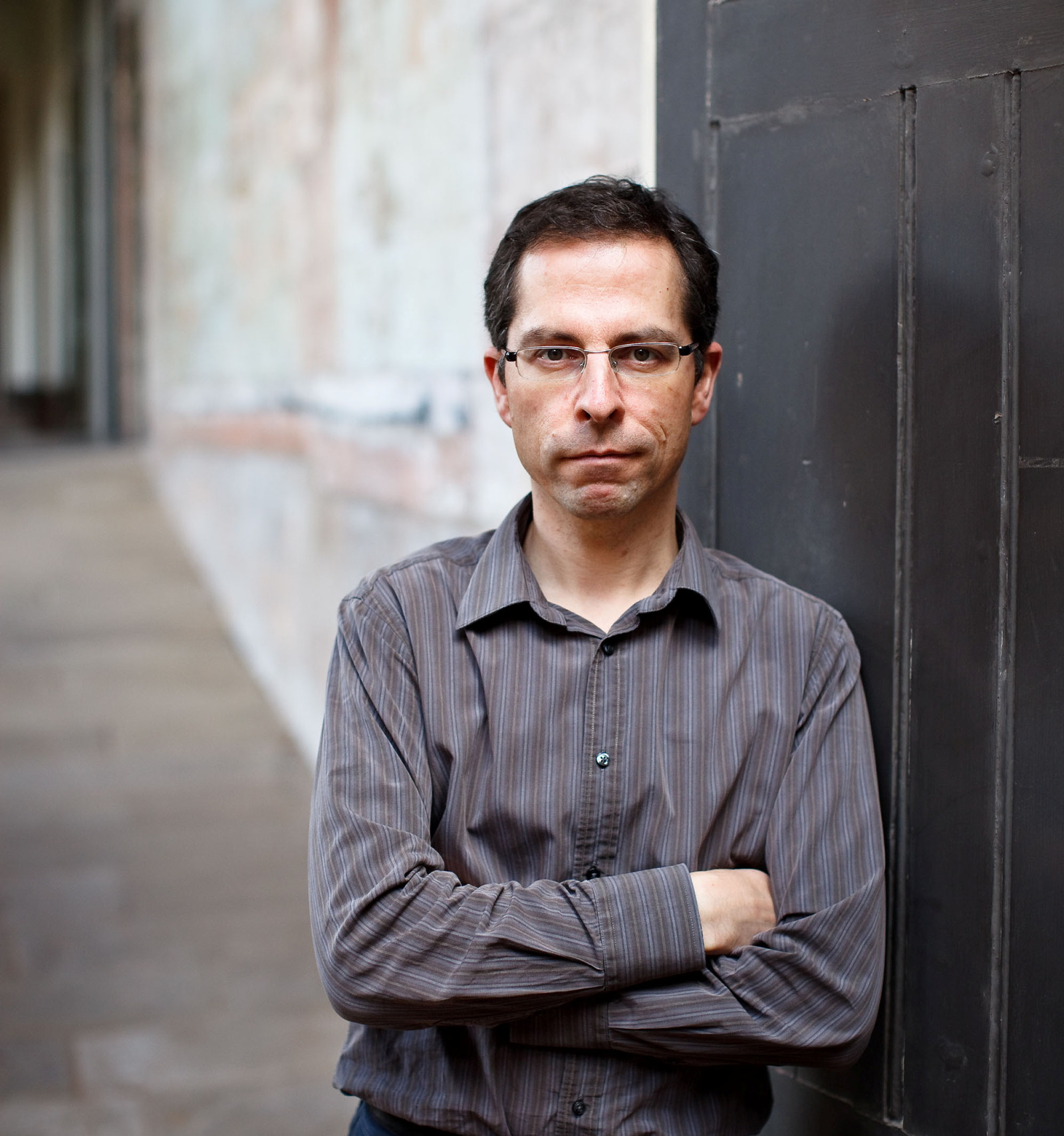F Lassetter & Co
F Lassetter & Co started life as an ironmongery business, becoming one of Sydney's largest 'universal providers' by the end of the 19th century
The firm's origins can be found in the company, L Iredale & Co, where the tireless and innovative Frederic Lassetter (1828-1911) became a partner in 1850. Ten years later, Lassetter had taken charge of the company and by 1863 changed the name to F Lassetter & Co.
Ironmongers specialised in stock made of all types of metal. As one of the largest ironmongers in Sydney, F Lassetter & Co eventually sold everything from steam engines, agricultural machinery and tools, to builders hardware, light fittings, kitchen ranges, fireplace grates and cutlery. By the end of the nineteenth century, Lassetter became a true universal provider with the addition firstly of glassware, crockery and furniture departments, and then after 1894 of drapery, millinery, tailoring and groceries. The expanded number of departments led to Lassetters' showrooms extending their George Street frontage and occupying buildings directly behind in Clarence and Kent Streets. And by 1910 the company claimed to employ nearly 1000 workers.
A furniture catalogue from around 1900 (TCQ 749.20491/LAS) shows that the company had also branched into the manufacture of furniture, bedsteads and wire mattresses with factories in Clarence Street and Surry Hills.
F Lassetter & Co’s expansive nature was matched by its enormous publishing activities. For about a decade to 1914, Lassetters produced a massive catalogue of its current stock almost every month that was usually over 1200 pages in length. From about 1909, this was called 'Lassetters monthly commercial review' and was sequentially numbered.
Frederic Lassetter remained at the helm of the company until his death in 1911. His son, Henry Beauchamp (1860-1926), took over Lassetters, but the company only survived until 1926 at which time its entire stock was purchase and sold by rival universal provider, Anthony Hordern & Sons. By 1933, the George Street showrooms had been taken over by hardware retailer, Nock and Kirby.
Related materials:
To see all the Lassetters material held by the Caroline Simpson Library & Research Collection, go to the library catalogue.
More home furnishings stores

Sydney's home furnishing stores
A Hall & Co
A Hall & Co was a retailer of home furnishings and manufacturer of furniture.

Sydney's home furnishing stores
Anthony Hordern & Sons
Anthony Hordern & Sons was arguably Australia's largest retailer from the late 19th through to the mid-20th century.

Sydney's home furnishing stores
Beard Watson & Co
Beard Watson & Co was renowned in Sydney as a retailer and manufacturer of high-class furnishings for the home.
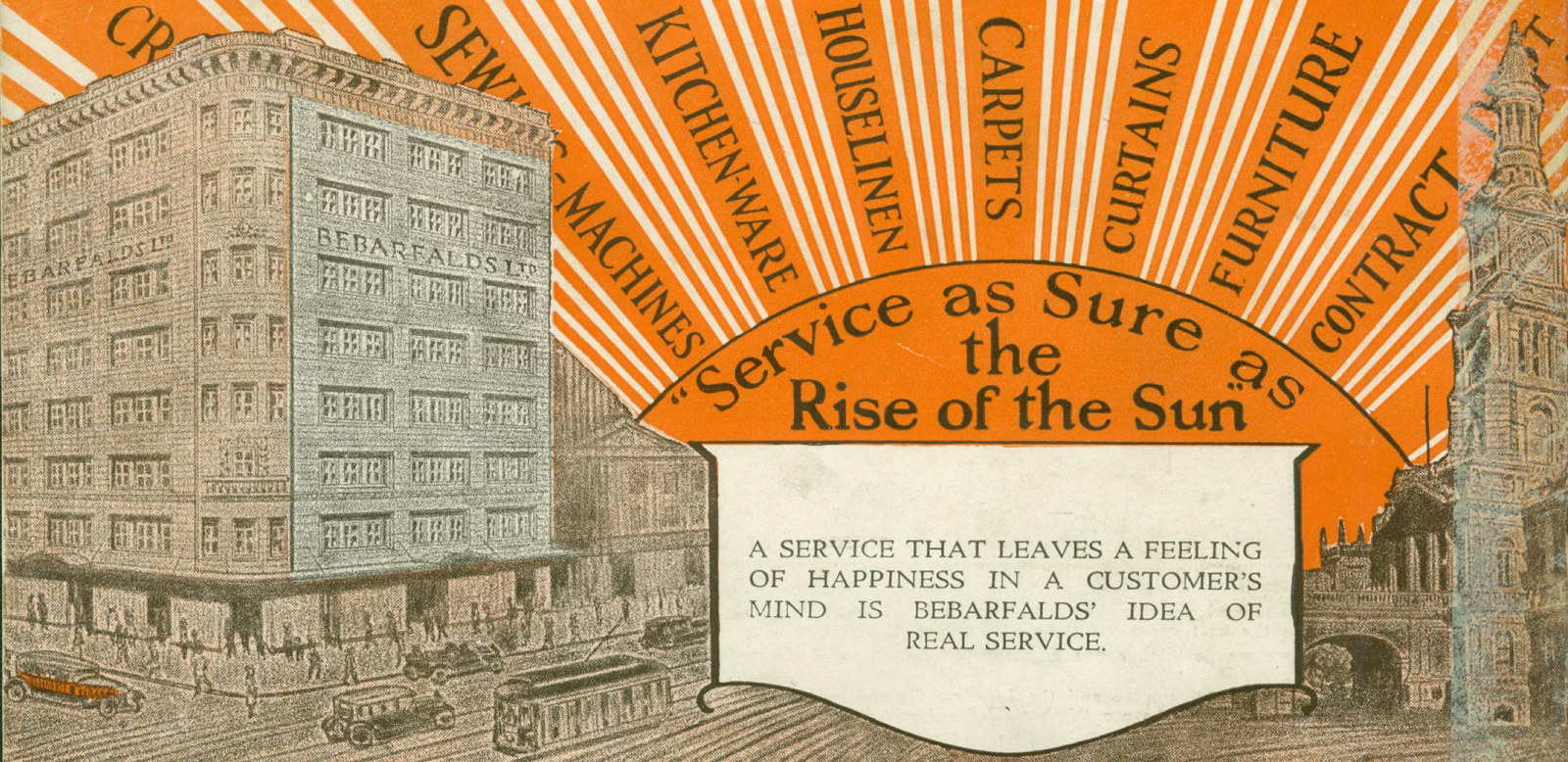
Sydney's home furnishing stores
Bebarfalds
Bebarfalds was a retailer of home furnishings and manufacturer of furniture, trading for many years from its landmark location opposite the Sydney Town Hall on the corner of George and Park Streets.

Sydney's home furnishing stores
David Jones
The David Jones name has long been synonymous with retailing of fine merchandise
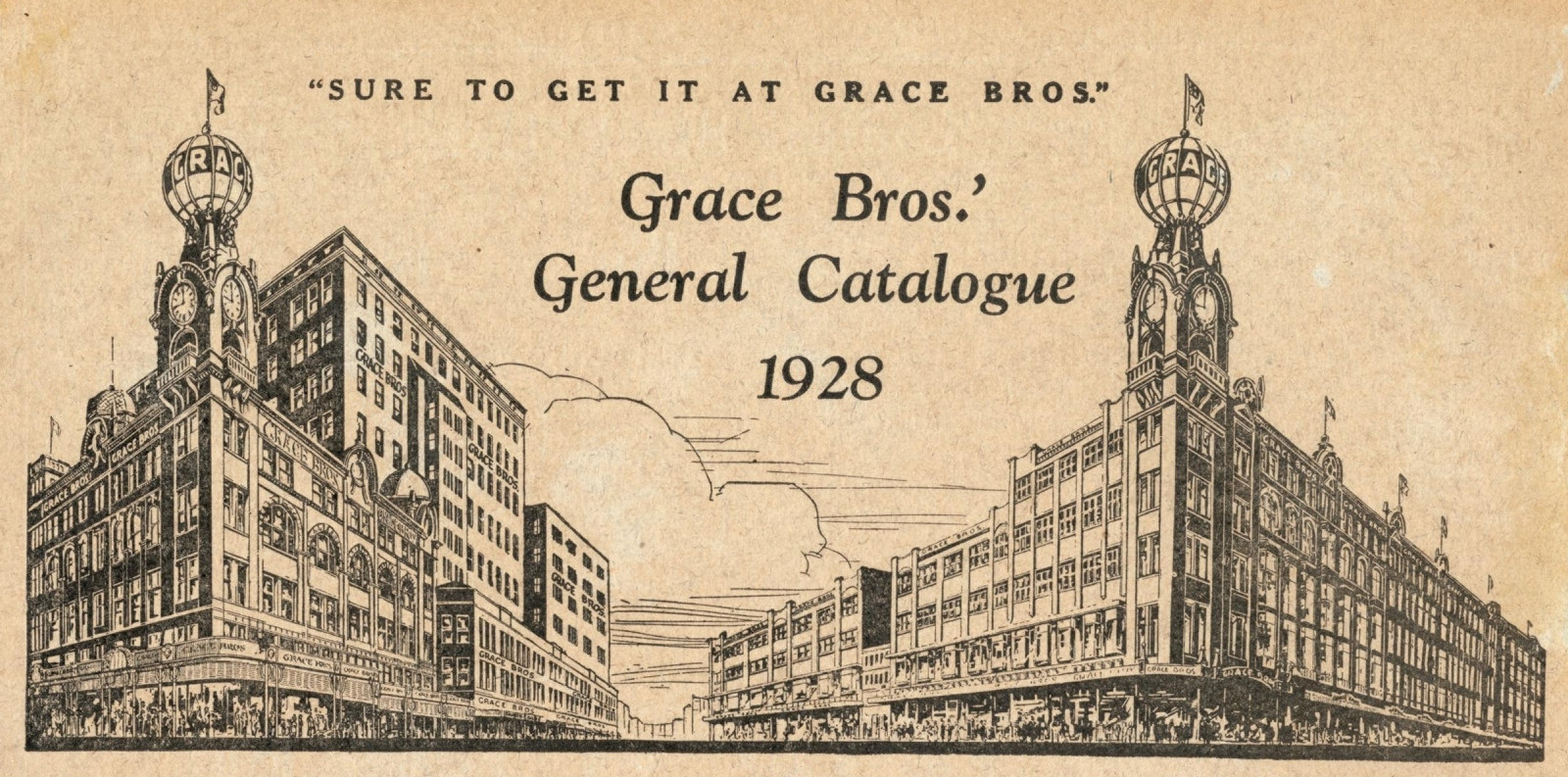
Sydney's home furnishing stores
Grace Bros
From its location just outside Sydney’s main business district, Grace Bros grew to become one of the city’s largest department stores.
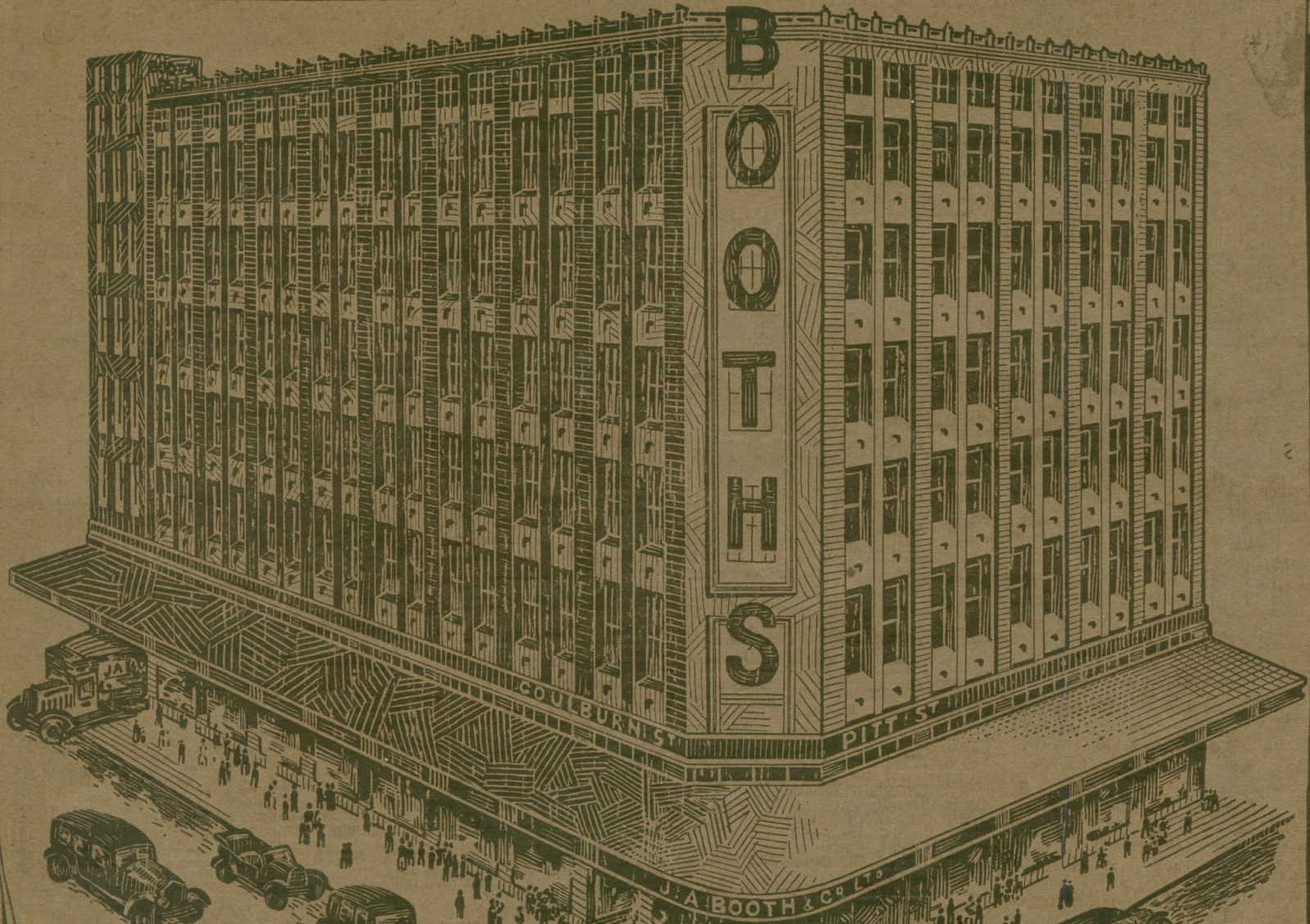
Sydney's home furnishing stores
JA Booth & Co
Although J A Booth & Co was a Sydney furniture and furnishing retailer for over 50 years, the company started life in a very different manner: as tea merchants.
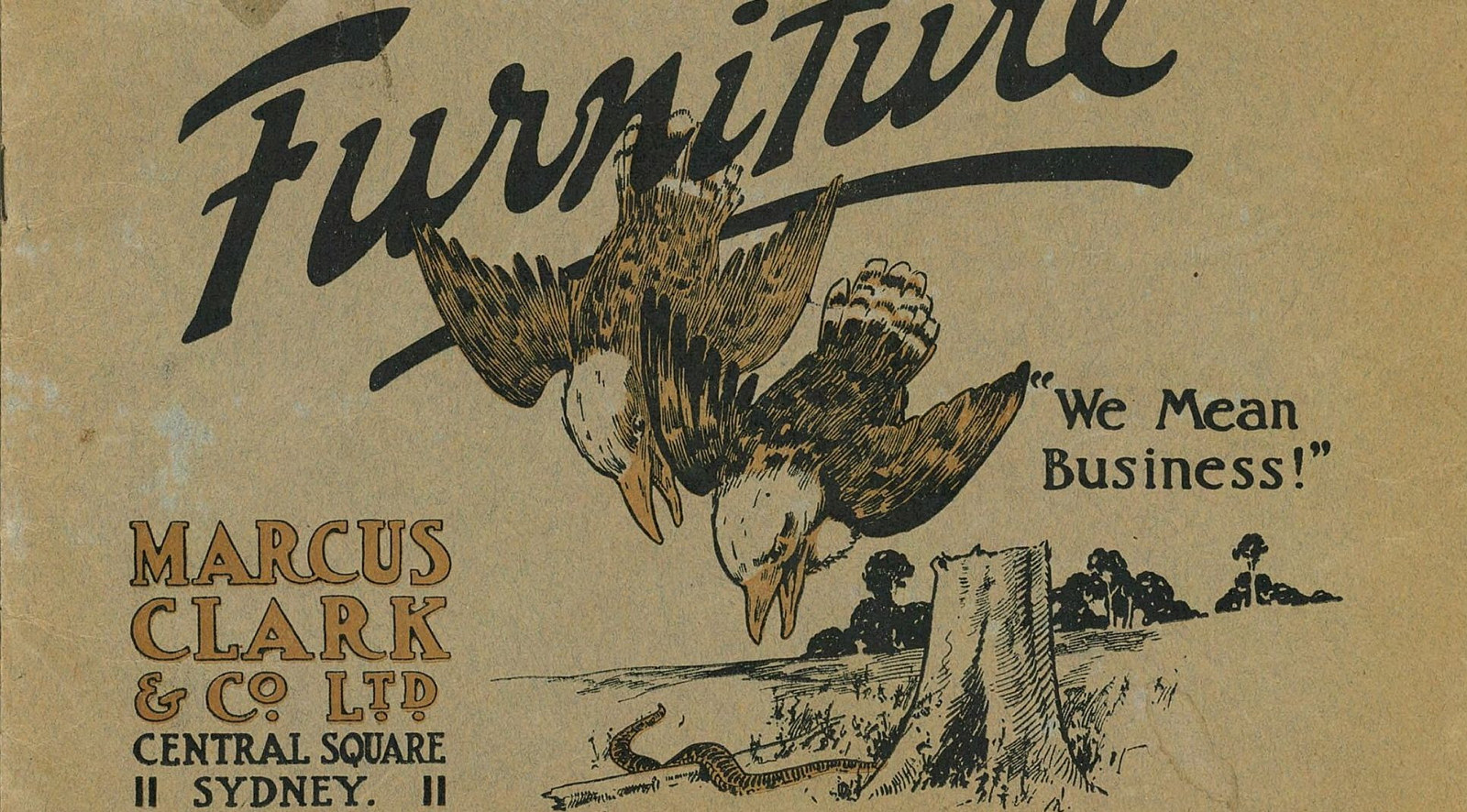
Sydney's home furnishing stores
Marcus Clark & Co
From a modest start in the Sydney suburb of Newtown in 1883, Marcus Clark & Co rose to become one of the city's largest department stores
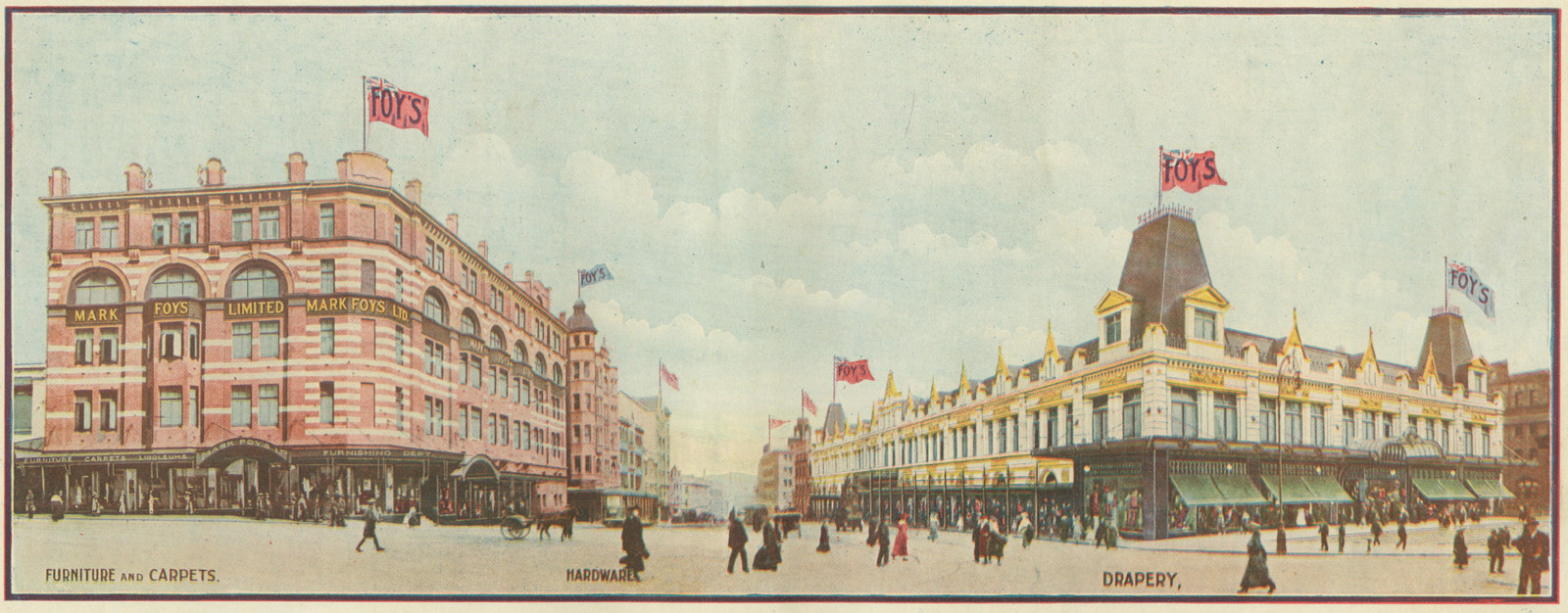
Sydney's home furnishing stores
Mark Foyʼs
Most Sydneysiders associate Mark Foy’s with its impressive former home, now used as the District Court
Published on
